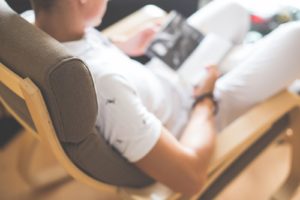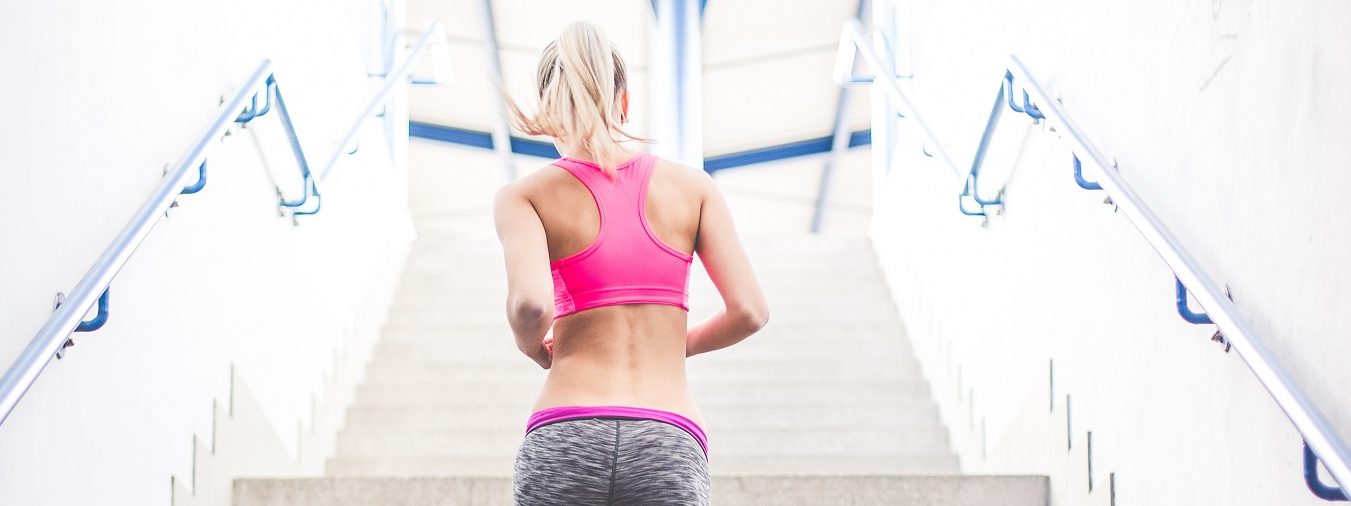Movement is fundamental to our bodies. The body is designed to move smoothly, freely and with fluidity. In addition, we are entitled to move without pain.
If we have been in pain, we may have gotten sedentary. However, there are plenty of us not in pain who do not move around enough during the day to support our health.
Sedentary Syndrome
 Joe Tatta, doctor of Physical Therapy and champion of pain-free living, talks about Sedentary Syndrome. It is easy to observe in the people around us, or looking at ourselves. Do you see this?
Joe Tatta, doctor of Physical Therapy and champion of pain-free living, talks about Sedentary Syndrome. It is easy to observe in the people around us, or looking at ourselves. Do you see this?
- central obesity
- for men, a waist circumference of 40 inches or more
- for women, a waist circumference of 35 inches or more
- poor posture
- sway-back
- flat-back
- exaggeration of curves in the spine
- loss of muscle tissue and strength
- from inadequate protein intake
- from lack of exercise
- from not enough hormones such as DHEA, Growth Hormone, Testosterone
- joint problems
- from inflammation due to arthritis
- from inflammation due to injury
- difficulty with basic activities of daily life
- bathing, dressing, going to the toilet, feeding
- walking, stairs, housework, shopping
Assess Mobility and Strength
If you are sedentary or not, it would be prudent to assess your mobility and strength for a reality check. Awareness is the first step. When your eyes are opened, you may want to do something about your situation.
Since I first heard about it, I have been intrigued about the sit-rise test. It was first published in 2012 in the European Journal of Cardiovascular Prevention. They studied a group of people from 51 to 80 and tracked their mobility and strength with their death rate. Their stated objective:
While cardio-respiratory fitness is strongly related to survival, there are limited data regarding musculo-skeletal fitness indicators. Our aim was to evaluate the association between the ability to sit and rise from the floor and all-cause mortality.
Their conclusion was lack of musculo-skeletal fitness, as assessed by this Sit-Rise test, was a “significant predictor” of death in people of that age group.
My take-away was that if you cannot do this, then strengthen yourself to be able to do the test. If you can do the test, then keep yourself that fit.
I immediately wanted to try it for myself. I’m in that age category included in the research study.
Until I saw the specific instructions, I thought I was fine because all I knew was that you could not use your hands to sit on the floor and get up. For me, getting down was not problem, and I could get up rolling to my knees, and not using my hands. But that is not the case for mastering this test.
Warning
This is a big caution I want to warn about here. Do not attempt to do this if you suspect the movement will cause you injury or you are at risk for falls. There is a different test you can do if you have inflammation, joint or muscle problems or are weak.
The exercise starts with standing barefoot away from furniture. Be sure you are wearing comfortable clothes which will allow you to move. Cross your legs and simply, using your own balance, gradually lower yourself until you are sitting on the floor. This means not holding onto anything and not using your hands to help as you get close to the floor. Then reverse the process and stand up just from your feet, not rolling onto another part of your body or using your hands.
This video has a demonstration and a scoring system if you need help down or up:
How did you do?
Do you now want to improve strength and mobility?
Bowen Bodywork as well as regular gentle stretches can help mobility. Strength improvement, as you might expect, requires practice with a challenge. Now, I am not saying that you need to go to the gym, as there are many options such as physical therapy, home exercises, and challenging yourself in activities of daily living, like walking stairs when you can.
If you dare not do this sit-rise test, then there is something less strenuous. It takes 30 seconds and involves rising from a chair and sitting again.
30-Second Chair Stand Test
This test comes from the CDC as an assessment for the risk of falling for elderly people.
For the test, you need a chair with the seat seventeen inches from the floor. The CDC recommends stabilizing it against the wall.
The person being tested crosses her arms over her chest with her hands on her shoulders. The test does not allow the use of the hands.
Then, from sitting in the middle of the seat of the chair, she stands up completely, with the back as straight as possible. This is followed by sitting down again and repeating standing up. These repeated actions are counted during a 30 second time period.
If the person tested is tired, she can rest but the time continues. The objective is to stand up as many times as possible in 30 seconds. When the person tested cannot even stand up from sitting without the use of the hands, the score is 0. This is associated with a high risk of falling and its consequences.
Check the result against this table, considering the age of the person being tested. A healthy 60-year old man will not take more than 2 seconds to complete each stand from sitting and then sitting down again. That translates to at least 14 times standing, then sitting, in 30 seconds. As people age, there is a lower expectation of the number that can be completed.
SCORES INDICATION HIGH RISK OF FALLING
| AGE | MEN | WOMEN |
| 60 – 64 | < 14 | < 12 |
| 65 – 69 | < 12 | < 11 |
| 70 – 74 | < 12 | < 10 |
| 75 – 79 | < 11 | < 10 |
| 80 – 84 | < 10 | < 9 |
| 85 – 59 | < 8 | < 8 |
| 90 – 94 | < 7 | < 4 |
Now that you know how strong and mobile you are in your legs, is there something you would like to do about it?
Share how you tested in the comments below!
WANT TO USE THIS ARTICLE IN YOUR NEWSLETTER OR WEB SITE?
You can, as long as you include this complete blurb with it: “Naturopathic Physician Dr. Cheryl Kasdorf is a doctor who listens and has answers with a natural approach that works. She is known as the go-to person to get back your get-up-and-go when it is gone, gone, gone. Get your FREE gift “Dr. Kasdorf’s Health Secrets for Feeling & Looking Great” at drcherylkasdorf.com




